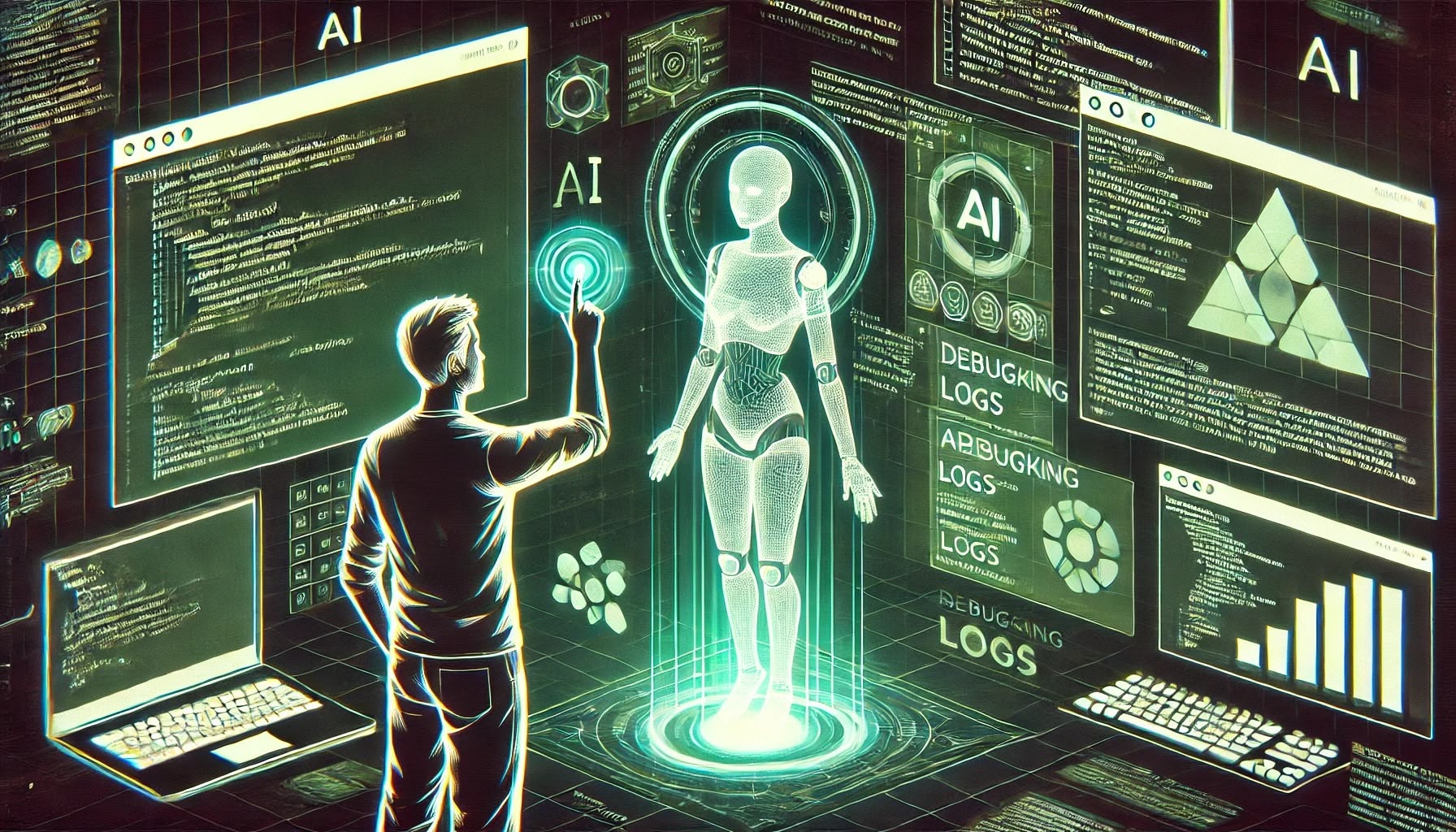Are developers missing the mark on using AI?

Why Most Developers Miss the Mark on Using AI
Unless you've lived under a rock for the past couple of years, you've likely noticed that AI is becoming a significant part of our lives—whether we realize it or not. As an optimistic technologist, I’ve been excited about the opportunities this new reality brings, exploring every new development and having fun experimenting with the technology. Through this experimentation, one thing has become crystal clear: software development is one of the most immediate and profoundly impacted fields.
The ultimate outlook remains uncertain, but one thing is clear—developers and development workflows won’t look the same in 6, 12, or 24 months.
When used correctly, AI can augment a developer's capacity by orders of magnitude. But here's the problem: many developers aren’t using AI correctly.
How Developers Misunderstand AI
Ask most developers about how they use AI, and the response is often a skeptical:
"It’s like a better autocomplete."
NO! If that’s how you’re using it, you’re doing it wrong.
While it’s true that generative AI models, especially large language models (LLMs), predict the next token, dismissing them as “just prediction engines” misses their full potential. Due to their vast training datasets and sophisticated architectures, LLMs can deliver much more than autocomplete. If you engage with these tools beyond surface-level interactions, speaking to them as you would a colleague or mentor, you can unlock a world of possibilities.
Unlocking AI's True Potential in Development
Here are some practical ways to use AI effectively as a developer:
1. Project Planning and Ideation
When starting a new project or feature, describe your needs to the AI. Ask it for implementation options, and you’ll often get back not just a plan, but also different approaches you might not have considered.
For example:
"I need to build a REST API for a task management app. What architecture should I use?"
The AI might not only suggest a stack but also offer a scaffolded implementation.
2. Feature Optimization
You can ask the AI to analyze an existing feature and suggest improvements.
For example:
"Here’s my current implementation for user authentication. Are there better approaches to improve security or performance?"
This can surface new ideas, better libraries, or overlooked best practices.
3. Debugging and Troubleshooting
One of the most frustrating parts of development is debugging. AI can help parse error logs, explain root causes, and propose solutions.
For example:
"This is my error log. Why might this be happening, and how should I approach debugging it?"
Even if it doesn’t solve the issue outright, the suggestions often give you a fresh angle or workflow.
4. Refactoring and Code Optimization
Pass sections of your codebase to the AI and ask for refactoring recommendations. It can improve readability, suggest performance optimizations, or even propose cleaner design patterns.
5. Testing
AI can help generate comprehensive test cases, ensuring edge cases you hadn’t thought of are covered.
For example:
"Can you suggest test cases for this function to handle potential edge cases?"
Why Developers Hold Themselves Back
There are a few reasons why developers fail to fully utilize AI:
- Skepticism: Many dismiss AI as overhyped or gimmicky.
- Limited Experimentation: Developers often use AI only in their day-to-day flow, like generating code snippets, rather than exploring its broader potential.
- Misunderstanding the Tools: Without understanding what LLMs can do, many developers frame poor or overly narrow prompts, leading to suboptimal results.
Addressing the Skeptics
A common fear is that AI will replace developers. But here’s the reality: AI isn’t here to replace us—it’s here to augment us. Developers who embrace AI will find themselves freed from repetitive tasks, allowing more focus on creative and strategic work.
Yes, AI can hallucinate or miss nuanced requirements, but when used as a collaborator, not an infallible source of truth, it becomes a powerful partner.
Final Thoughts
AI is transforming software development, but only if you’re willing to embrace it. The question is: are you using AI to its fullest potential, or are you still stuck thinking of it as a “better autocomplete”?
I challenge you to experiment with AI beyond the obvious. Use it to plan, debug, optimize, and innovate. The future of development won’t be about who writes the best code but about who uses the best tools to create value.
Start exploring today—you might be surprised by how much further AI can take you.